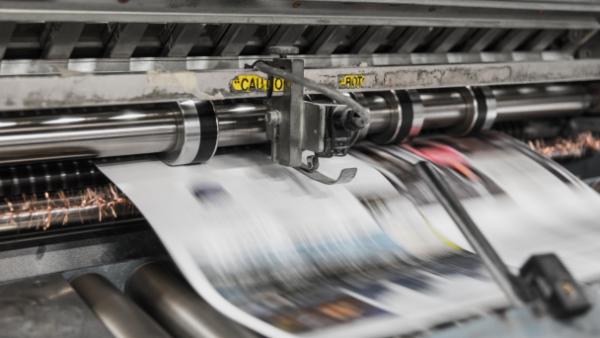The Challenges Printers Face With Smart Automation
The arguments for print providers to adopt smart automation are too strong to ignore. A key benefit of automation is that it breaks bottlenecks: the inefficiencies and constraints of manufacturing that hamper productivity and profits. Even a modest degree of automation goes a long way in improving production speed and productivity.
A few years ago, printers were a little sceptical about whether they could realise those benefits. There was a general feeling that the upheaval required and the implementation costs would be too great to swallow. Slowly, printers are coming around to the view that holding back investment in workflow automation means holding back growth potential – a mistake that no printing business can afford to make in an environment where growth and profit increasingly belong.
Perhaps the change in mindset is driven by the ever-increasing number of ever smaller jobs is becoming overwhelming for print preparation specialists.
However, a number of hurdles remain to automate workflows into a fluid and continuous industrial process.
Automation could help to improve printing operations financial health even in the short term
1. Print automation finance hurdles
We’ve already touched upon the perceived cost of automation. This is something many printers can’t see past. But automation could help to improve printing operations financial health even in the short term. The payback periods of workflow adaptations are often very short. In addition, leasing and rental models as well as software-as-a-service (SaaS) are now also available for software and workflows which help to spread the cost over a period of time.
2. Data hurdle
Another hurdle is the incompatibility between management information systems or web shop and downstream production workflow, and between non-existent or exotic interfaces. There is a fear that the technology leap will just prove too great from where processes currently sit.
However, there is software available which can smooth and expedite the transition, and help with the transmission of data between machines. In order to produce efficiently, a solution is also needed that automatically analyses which jobs fit together and then suggests them for a common printing format. Which leads to the next hurdle…
3. Integration hurdle
Multiple software is required to jump through the hoops to make automation happen. However, due to a fragmented market, imposition and production software are not always compatible with each other. This leaves printers scrambling around for a connectivity platform, which can connect existing systems in a fully integrated and standardized way. Zaikio , a digitization platform for the printing industry, is showing itself to be that solution.
Connecting print businesses with customers, brand owners, suppliers, software & equipment manufacturers on an open platform, it means that everyone can communicate and exchange data on a level playing field.
Perhaps the greatest hurdle is to try and change the mindset
4. Habit hurdle
Perhaps the greatest hurdle, however, is to try and change the mindset – to rethink established production routes and, if necessary, throw them overboard. People are both the key to any printing business and the thing that could be holding it back. Research shows that relying on expensive labour or high-touch processes is that big cause of bottlenecks in print production.
Given that reducing labour expense and eliminating needless touches are exactly what workflow automation is meant to accomplish, this finding alone underscores the wisdom of adding more automation wherever the need for it exists.
The business value that comes with workflow automation extends beyond higher efficiency, better time management and a more effective organisation.
Workflow automation can improve every business function, from logistics to customer service. Now’s the time to take that leap of faith and build a platform to continuously outperform the competition.
Read here our 3 articles about the print automation process



